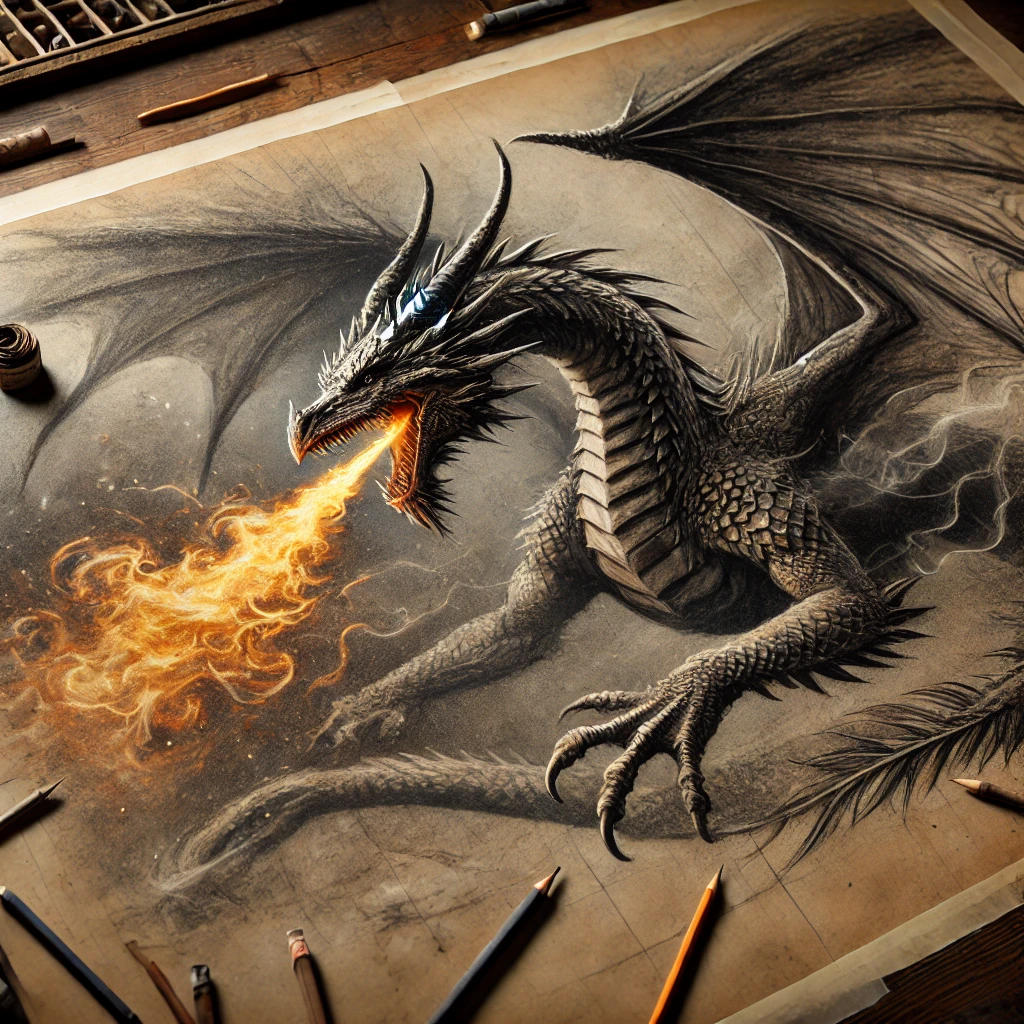Drawing:5z_boyjkm98= dragon is one of the most fascinating forms of art. From Western mythological creatures to Asian symbolic dragons, these beasts captivate artists of all levels. Learning how to draw a dragon requires patience, creativity, and an understanding of fantasy illustration.
Table of Contents
2. Drawing:5z_boyjkm98= dragon Gathering Inspiration for Your Dragon Design

Before you start, gather inspiration from different sources. Study traditional depictions of dragons, explore modern fantasy genres, and analyze different styles of dragon design. Drawing:5z_boyjkm98= dragon From ferocious fire-breathing creatures to serene serpentine forms, the options are endless. Drawing:5z_boyjkm98= dragon
3. Essential Drawing Tools for Dragon Art
To draw a dragon, you’ll need essential tools like pencils, erasers, and high-quality paper. If you prefer digital art, a tablet and stylus will help you create detailed and precise drawings. Using multiple pencil grades also adds depth to your dragon sketch.
4. Understanding Dragon Anatomy
Dragons in art are often hybrids of different animals like reptiles, birds, and sometimes mammals. Understanding the anatomy of these creatures can help you create more realistic dragon drawings. Focus on their wings, limbs, tails, and heads to make your sketch stand out.
5. Sketching the Basic Structure
Start by sketching the basic structure of the dragon using simple shapes like circles and lines. Drawing:5z_boyjkm98= dragon This will serve as the foundation for your dragon’s body, wings, and tail. Keep the initial strokes light so you can make adjustments as you refine your sketch. Drawing:5z_boyjkm98= dragon
6. Adding Details to the Dragon’s Face
The dragon’s face is crucial for conveying its personality. Whether it’s fierce, wise, or playful, adding details like horns, scales, and sharp teeth will bring your dragon to life. Spend time perfecting the expression to capture the creature’s essence. Drawing:5z_boyjkm98= dragon
7. Designing the Dragon’s Wings
Dragon wings are one of the most iconic features. To draw them accurately, study bird and bat wings for reference. Make sure to add intricate details such as veins and layers of scales to make the wings appear powerful yet graceful. Drawing:5z_boyjkm98= dragon
8. Drawing the Dragon’s Scales
Drawing scales can be tedious but rewarding. Start by sketching a few scales on the body, and then gradually fill in the rest. Vary the size and shape of the scales to add realism. The scales on the dragon’s belly may differ from those on its back and wings. Drawing:5z_boyjkm98= dragon
9. Incorporating Dynamic Poses
A dragon in flight, perched on a cliff, or breathing fire are dynamic poses that make your drawing stand out. Practice sketching different poses and use references to create a sense of movement and action in your artwork. Drawing:5z_boyjkm98= dragon
10. Shading Techniques for Dragon Drawings
Shading is essential for giving your dragon drawing depth and dimension. Use hatching, cross-hatching, and blending techniques to create shadows and highlights. Pay attention to light sources to make your dragon appear three-dimensional.
11. Adding Texture to Dragon Skin
Dragon skin can be rough and scaly or smooth and serpentine. Experiment with textures by adding fine details like ridges, bumps, and cracks to your dragon’s skin. This will give your drawing a more tactile and realistic feel.
12. Drawing Fire and Flames
Many dragons are known for their fire-breathing abilities. Drawing flames can add drama and intensity to your artwork. Use flowing lines and bright highlights to depict the fire, and make sure it interacts with the surroundings.
13. Creating Backgrounds for Your Dragon Art
A well-drawn background can enhance your dragon drawing. Whether it’s flying through the clouds or resting in a mystical forest, choose a background that complements your dragon. Backgrounds add context and depth to the scene.
14. Digital Dragon Art: Pros and Cons
Digital tools allow artists to create more intricate dragon designs with ease. Programs like Photoshop or Procreate offer layers, blending options, and brushes that make digital dragon art versatile. However, traditionalists may prefer the tactile experience of drawing on paper.
15. Color Schemes for Dragons
Choosing the right color scheme is vital. Some artists prefer muted, earthy tones for realistic dragons, while others opt for bold and vibrant colors. Experiment with different palettes to find the one that matches your dragon’s personality and environment.
16. Refining the Final Drawing
Once you’ve completed the main structure and details, step back and refine your drawing. Clean up any rough lines, add final shading, and enhance the overall composition. This polishing stage will make your drawing look professional.
17. Common Mistakes to Avoid
Avoid common mistakes like misplacing the dragon’s limbs, forgetting to add depth, or overloading the drawing with unnecessary details. Remember that balance is key to creating a visually appealing dragon.
18. Showcasing Your Dragon Art
Once your dragon drawing is complete, share it with others! Whether you upload it to an art platform, print it out, or include it in a portfolio, showcasing your work helps you grow as an artist and inspires others.
19. Dragon Art for Beginners vs. Advanced Artists
Dragon drawing can be adapted for all skill levels. Beginners can focus on simpler shapes and fewer details, while advanced artists can challenge themselves with complex poses, textures, and shading techniques.
20. Dragon Art Styles: Realistic vs. Fantasy
Some artists prefer to draw dragons with a realistic style, focusing on anatomy and movement, while others prefer more whimsical, fantasy-like dragons with exaggerated features. Choose a style that resonates with your artistic vision.
21. The Evolution of Dragon Art in Popular Culture
Dragon art has evolved over centuries, influenced by mythology, literature, and movies. From the fearsome dragons in medieval legends to the graceful dragons in Asian art, understanding the history of dragon representation can inspire your artwork.
22. Final Thoughts on Dragon Drawing
Drawing a dragon is an exciting artistic journey. Whether you’re just starting out or you’re an experienced artist, each dragon drawing helps you refine your skills. Keep experimenting with different techniques and enjoy the creative process. Drawing:5z_boyjkm98= dragon







